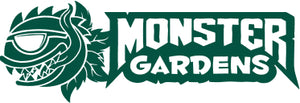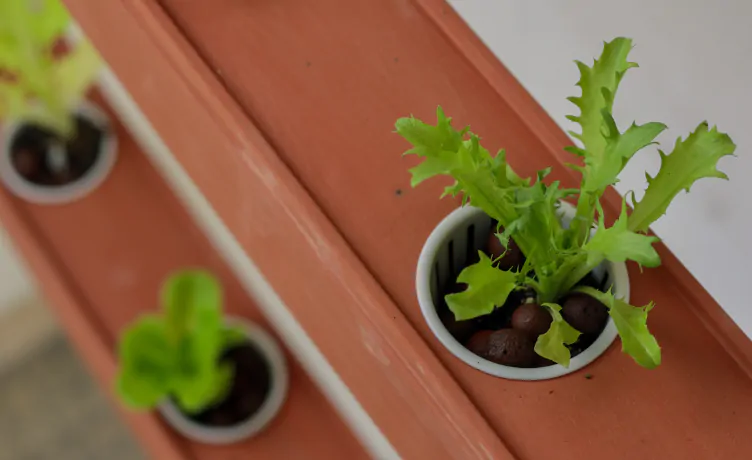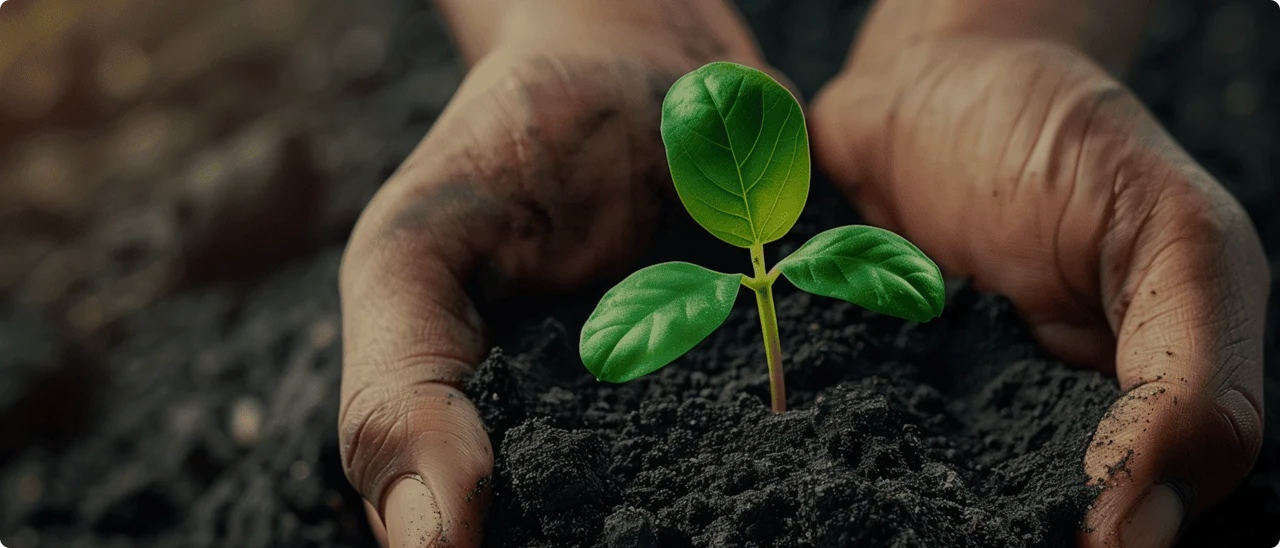The size and scope of a hydroponic garden depends on the experience and the needs of the grower. Having a self-sustaining hydroponic garden looks differently if you live in an apartment by yourself, or live on a larger property with multiple other people or a family. The most important thing is set goals and be realistic with the time and the space that you have. You need to consider how much space you have, what your personal diet is along with the other people you live with, and how much effort and money If you’re willing to put into starting up a hydroponic system or expanding one that you already have.
Hydroponic Grow Rooms
If you’re looking to build a hydroponic system indoors, there are all kinds of options for small hydroponic grow rooms. Monster Gardens has portable grow rooms and grow tents that range from 2x2 at the smallest to 10x10 or larger, so a small hydroponic set-up could be available for any size room in your house. Spacing of plants depends on what you’d like to grow. Usually lettuce can be placed about 6-8 inches apart, so a small 2x2 grow tent could fit about 4-6 plants and a 10x10 could fit 20-24.
If you want to grow your own food, an indoor grow room can provide supplemental nutrition for your diet. Realistically, an indoor set-up will not be able to meet all dietary needs. It’s easiest to start out growing greens such as lettuce and kale, but these only cover a portion of a full diet. At the same time, you can have access to fresh food year-round, which is a huge upgrade if you’re aiming for more self sufficiency when it comes to growing your own food.
Once you’ve decided on a size, it’s important to consider what type of food you’d like to grow, as different vegetables can thrive under different hydroponic systems.
- Nutrient Film Technique: Lettuce, strawberries
- Ebb and Flow System: Basil, tomatoes, beans
- Waterfarm kits: Squash, cucumbers
Small to Medium Scale Hydroponic Gardening
If outdoor space is available, hydroponics can be used to create more output and feed more people. Generally, around 200 sq. ft per person would be needed to have a self sustainable garden. So, to feed a family of 4, you would need around 800 sq. ft. of garden or greenhouse space.
With greenhouse set-ups, many growers start with a Nutrient Film Technique system, as it is one of the easiest ways to maximize space. NFT systems consist of a reservoir that holds nutrients and water and shallow troughs that hold the plants. A pump directs water from the reservoir through the plant troughs. In NFT, the general rule of thumb is that a single 4.5 x 4.5 x 2.5 table (50 sq. ft), can hold six 4 ft. long channels, which equates to about 36 plants per table. So, with more space you can yield a decent amount of food! With an NFT hydroponic garden, you can grow vegetable staples such as arugula, butterhead lettuce, collard greens, kale, spinach, mustard greens, and swiss chard.
While NFT is a great way to get started and build a self-sustaining garden, also consider the costs and materials:
- System materials: Reservoir, distribution channels, pumps, tubes, and drain lines
- Protection: Greenhouse or Tent
- Lighting: High Intensity Discharge (HID), fluorescent lights, or LED lights
- Plant Food: Nutrient mixes, and substrates for plant roots such as perlite, clay pebbles, or stone wool
Diversifying Your Hydroponic Garden
Also important to consider is how you’d like to add more food groups to your garden. Greens can only cover a certain portion of a diet, so if you want more self-sufficiency it might be a good idea to expand into growing legumes using systems besides NFT. Beans thrive in an Ebb and Flow system, in which the plants sit in a heavy support medium such as clay pellets or gravel, and the roots are periodically “flooded” with a nutrient solution that is eventually drained back into the reservoir. The set-up for this may be a little more difficult than NFT, but beans grow pretty easily and quickly once it is up and running.
Building Your Self-Sustainable Garden
When considering if a self-sustaining hydroponic garden is a good idea or not, your goals, expectations, and time / budget are what matter most! For a sole person living indoors, an indoor grow room used to cover greens and supplementary dietary needs may be the best option. If you have a family and have the space for a greenhouse, you might benefit from experimenting with more complex systems that can cover a larger portion of your diet.
When done with care, hydroponics can be a great way to meet your dietary and budgetary needs without having to depend on outside sources. If you have questions on getting started, Monster Gardens has the expertise to help you build toward a self-sustaining garden.


